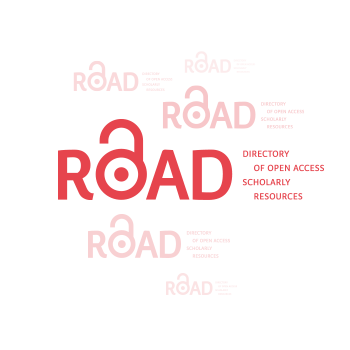Bridging Theory to Practice: Utilizing Revised Bloom’s Taxonomy in Entrepreneurship and Innovation Education for Engineers
Keywords:
Revised Bloom’s Taxonomy, Creativity, Critical Thinking, Problem-Solving Skills, Entrepreneurship and InnovationAbstract
This study aimed to explore the feasibility of applying the Revised Bloom's Taxonomy in teaching entrepreneurship and innovation courses to students, in order to enhance critical thinking, creativity, and problem-solving skills. The research adopted an analytical case study methodology, where the Revised Bloom's Taxonomy was applied to a sample of 80 engineering students enrolled in an entrepreneurship course at Palestine Ahliya University. These students participated in the GSCACS project in partnership with the City University of New York, engaging in virtual exchanges focused on Sustainable Development Goals (Goals 6 and 10). The course activities and assessments were designed according to the six levels of the Taxonomy (Remembering, Understanding, Applying, Analyzing, Evaluating, Creating) to ensure the development of cognitive skills. The results showed that the students' practical projects, which focused on drinking water and healthcare issues, effectively embodied the application of all Taxonomy levels, progressing from remembering information to creating innovative technological solutions. The study recommends expanding the use of this approach in engineering departments, training faculty on its integration, and adopting assessment criteria focused on higher-order skills. The originality of this study lies in providing a documented practical framework for applying the Revised Bloom's Taxonomy in an Arabic context for teaching entrepreneurship to engineers, focusing on developing innovative solutions for sustainable development challenges.
Downloads
References
Anderson, L. W., & Krathwohl, D. R. (2001). A taxonomy for learning, teaching, and assessing: A revision of Bloom's taxonomy of educational objectives: complete edition. Addison Wesley Longman, Inc.
Bloom, B. (1956). Taxonomy of educational objectives: The classification of educational goals. Handbook; Cognitive domain, 1.
DeTienne, D. R., & Chandler, G. N. (2004). Opportunity identification and its role in the entrepreneurial classroom: A pedagogical approach and empirical test. Academy of management learning & education, 3(3), 242-257.
Fayolle, A., Gailly, B., & Lassas‐Clerc, N. (2006). Assessing the impact of entrepreneurship education programmes: a new methodology. Journal of European industrial training, 30(9), 701-720.
Filion, L. J. (1999). Entrepreneurship and enterprise development in Canada. Pearson Education Canada.
Hisrich, R. D., Peters, M. P., & Shepherd, D. A. (2017). Entrepreneurship. McGraw-Hill Education.
Kuratko, D. F. (2005). The emergence of entrepreneurship education: Development, trends, and challenges. Entrepreneurship theory and practice, 29(5), 577-597.
Morris, M. H., Kuratko, D. F., & Covin, J. G. (2009). Corporate entrepreneurship & innovation. Cengage Learning.
Neck, H. M., & Greene, P. G. (2011). Entrepreneurship education: known worlds and new frontiers. Journal of small business management, 49(1), 55-70.
Solomon, G. T., Duffy, S., & Tarabishy, A. (2002). The state of entrepreneurship education in the United States: A Nationwide survey and analysys. International Journal of Entrepreneurship Education, 1(1), 1-22.
Valerio, A., Parton, B., & Robb, A. (2014). Entrepreneurship education and training programs around the world: Dimensions for success.
Yin, R. K. (2018). Case study research and applications (Vol. 6). Thousand Oaks, CA: Sage.
Downloads
Published
How to Cite
Issue
Section
License
Copyright (c) 2023 Journal of Palestine Ahliya University for Research and Studies

This work is licensed under a Creative Commons Attribution 4.0 International License.
مجلة جامعة فلسطين الاهلية للبحوث والدراسات تعتمد رخصة نَسب المُصنَّف 4.0 دولي (CC BY 4.0)











